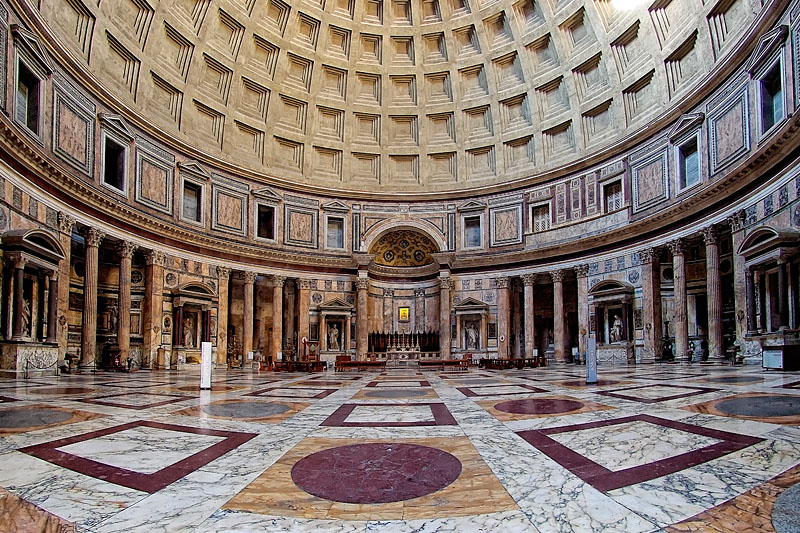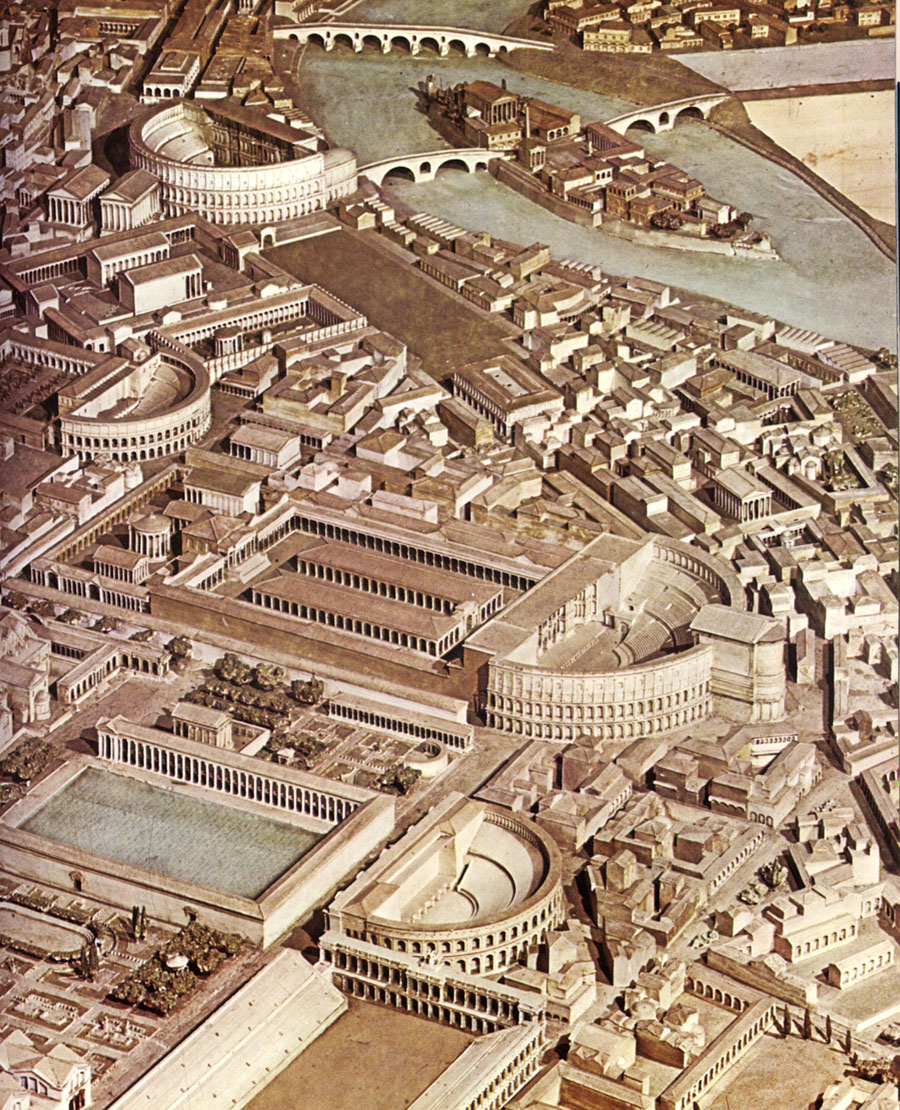|
Arch Of Pietas
The Arch of Pietas (Latin : ''Arcus Pietatis'') was an ancient Roman triumphal arch to the north of the Pantheon on the Campus Martius in Rome. History It may have been included in the portico surrounding the court in front of the Pantheon, between the baths of Nero and the temple of Matidia. The ''Mirabilia'' mentions it as being linked to the temple of Hadrian and near the churches of Santa Maria in Aquiro and the Maddalena. See also *List of Roman triumphal arches *List of ancient monuments in Rome Bibliography *Samuel Ball Platner and Thomas Ashby, ''A topographical dictionary of Ancient Rome'', Oxford University Press, 1929 *Lawrence Richardson, ''A New Topographical Dictionary of Ancient Rome'', Johns Hopkins University Press, 1992, 488 p. () Pietas ''Pietas'' (), translated variously as "duty", "religiosity" or "religious behavior", "loyalty", "devotion", or "filial piety In Confucianism, Chinese Buddhism, and Daoist ethics, filial piety (, ''xiào'') (Lati ... [...More Info...] [...Related Items...] OR: [Wikipedia] [Google] [Baidu] |
Triumphal Arch
A triumphal arch is a free-standing monumental structure in the shape of an archway with one or more arched passageways, often designed to span a road. In its simplest form a triumphal arch consists of two massive piers connected by an arch, crowned with a flat entablature or attic on which a statue might be mounted or which bears commemorative inscriptions. The main structure is often decorated with carvings, sculpted reliefs, and dedications. More elaborate triumphal arches may have multiple archways. Triumphal arches are one of the most influential and distinctive types of architecture associated with ancient Rome. Thought to have been invented by the Romans, the Roman triumphal arch was used to commemorate victorious generals or significant public events such as the founding of new colonies, the construction of a road or bridge, the death of a member of the imperial family or the ascension of a new emperor. The survival of great Roman triumphal arches such as the Arch of Ti ... [...More Info...] [...Related Items...] OR: [Wikipedia] [Google] [Baidu] |
Pantheon, Rome
The Pantheon (, ; la, Pantheum,Although the spelling ''Pantheon'' is standard in English, only ''Pantheum'' is found in classical Latin; see, for example, Pliny, '' Natural History'36.38 "Agrippas Pantheum decoravit Diogenes Atheniensis". See also ''Oxford Latin Dictionary'', s.v. "Pantheum"; ''Oxford English Dictionary'', s.v"Pantheon" "post-classical Latin ''pantheon'' a temple consecrated to all the gods (6th cent.; compare classical Latin ''pantheum'')". from Greek ''Pantheion'', " empleof all the gods") is a former Roman temple and, since 609 AD, a Catholic church (Basilica di Santa Maria ad Martyres or Basilica of St. Mary and the Martyrs) in Rome, Italy, on the site of an earlier temple commissioned by Marcus Agrippa during the reign of Augustus (27 BC – 14 AD). It was rebuilt by the emperor Hadrian and probably dedicated 126 AD. Its date of construction is uncertain, because Hadrian chose not to inscribe the new temple but rather to retain t ... [...More Info...] [...Related Items...] OR: [Wikipedia] [Google] [Baidu] |
Campus Martius
The Campus Martius (Latin for the "Field of Mars", Italian ''Campo Marzio'') was a publicly owned area of ancient Rome about in extent. In the Middle Ages, it was the most populous area of Rome. The IV rione of Rome, Campo Marzio, which covers a smaller section of the original area, bears the same name. Antiquity According to Rome's foundation myth, prior to the founding of the city, Rhea Silvia had her twin sons, Romulus and Remus, taken by the King of Alba Longa. The boys were later discarded in the swelling Tiber River, which would later run along the Campus' western boundary. Washing ashore further downriver, the brothers would return decades later to found a new city. Romulus, who became Rome's sole king (after killing his brother Remus), ruled for many years until sometime in the seventh century B.C. As he came to the end of his life, a storm cloud descended upon the center of the open field outside the city's pomerium in order to lift the elderly king to heaven.J ... [...More Info...] [...Related Items...] OR: [Wikipedia] [Google] [Baidu] |
Rome
, established_title = Founded , established_date = 753 BC , founder = King Romulus ( legendary) , image_map = Map of comune of Rome (metropolitan city of Capital Rome, region Lazio, Italy).svg , map_caption = The territory of the ''comune'' (''Roma Capitale'', in red) inside the Metropolitan City of Rome (''Città Metropolitana di Roma'', in yellow). The white spot in the centre is Vatican City. , pushpin_map = Italy#Europe , pushpin_map_caption = Location within Italy##Location within Europe , pushpin_relief = yes , coordinates = , coor_pinpoint = , subdivision_type = Country , subdivision_name = Italy , subdivision_type2 = Regions of Italy, Region , subdivision_name2 = Lazio , subdivision_type3 = Metropolitan cities of Italy, Metropolitan city , subdivision_name3 = Metropolitan City of Rome Capital, Rome Capital , government_footnotes= , government_type = Mayor–council gover ... [...More Info...] [...Related Items...] OR: [Wikipedia] [Google] [Baidu] |
Baths Of Nero
The Baths of Nero (''Thermae Neronis'') or Baths of Alexander (''Thermae Alexandrinae'') were a complex of Thermae, ancient Roman baths on the Campus Martius in Rome, built by Nero in either 62 or 64 and rebuilt by Alexander Severus in 227 or 229. It stood between the Pantheon, Rome, Pantheon and the Stadium of Domitian and were listed among the most notable buildings in the city by Roman authors and became a much-frequented venue. These ''thermae'' were the second large public baths built in Rome, after the Baths of Agrippa, and it was probably the first "imperial-type" complex of baths, with a monumental scale and symmetrical, axially-planned design. While in the sixteenth century the foundations of the ''caldarium'' were still visible, nothing else of the structure remains above ground except some fragments of walls incorporated into the structure of Palazzo Madama, Rome, Palazzo Madama. Overview The ''thermae'' covered an area of about 190 by 120 metres. Their extent is shown ... [...More Info...] [...Related Items...] OR: [Wikipedia] [Google] [Baidu] |
Temple Of Matidia
The Temple of Matidia was a Roman temple on the Campus Martius in ancient Rome dedicated to Salonia Matidia, who was deified after her death in 119 by her son-in-law Hadrian. He began construction immediately after her deification, choosing a site near the Pantheon and the Saepta Julia, both of which he restored or rebuilt. A lead water pipe inscribed 'templo matidiae' ('from the temple of Matidia') was found near Sant'Ignazio, which may indicate the temple's location. After Hadrian died and was deified, his own temple was built next to that of Matidia. See also *List of Ancient Roman temples This is a list of ancient Roman temples, built during antiquity by the people of ancient Rome or peoples belonging to the Roman Empire. Roman temples were dedicated to divinities from the Roman pantheon. Substantial remains Most of the b ... Bibliography *L. Richardson, jr, ''A New Topographical Dictionary of Ancient Rome'', Baltimore - London 1992. pp. 246–247 *F. Coare ... [...More Info...] [...Related Items...] OR: [Wikipedia] [Google] [Baidu] |
Temple Of Hadrian
The Temple of Hadrian (Templum Divus Hadrianus, also Hadrianeum) is an ancient Roman structure on the Campus Martius in Rome, Italy, dedicated to the deified emperor Hadrian by his adoptive son and successor Antoninus Pius in 145 CE This temple was previously known as the Basilica of Neptune but has since been properly attributed as the Temple of Hadrian completed under Antoninus Pius. With one cella wall and eleven columns from the external colonnade surviving, the remains of the temple have been incorporated into a later building in the Piazza di Pietra (Piazza of Stone – derived from use of the temple's stones to build the piazza), whereby its facade, alongside the architrave which was reconstructed later on, was incorporated into a 17th-century papal palace by Carlo Fontana, now occupied by Rome's Chamber of commerce. While only part of the structure remains, excavations and scholarship have provided us with information regarding its construction techniques and stylistic ... [...More Info...] [...Related Items...] OR: [Wikipedia] [Google] [Baidu] |
List Of Roman Triumphal Arches
This is a list of Roman triumphal arches. Triumphal arches were constructed across the Roman Empire and are an archetypal example of Roman architecture. Most surviving Roman arches date from the Imperial period (1st century BC onwards). They were preceded by honorific arches set up under the Roman Republic. Existing arches Destroyed arches Note: MUR stands for the 12th century Mirabilia Urbis Romae See also *List of post-Roman triumphal arches *Victory column *Rostral column *Roman architecture *Roman engineering The ancient Romans were famous for their advanced engineering accomplishments. Technology for bringing running water into cities was developed in the east, but transformed by the Romans into a technology inconceivable in Greece. The architecture ... * Roman technology Sources * {{DEFAULTSORT:List Of Roman Triumphal Arches Triumphal arches ... [...More Info...] [...Related Items...] OR: [Wikipedia] [Google] [Baidu] |
List Of Ancient Monuments In Rome
This is a list of ancient monuments from Republican and Imperial periods in the city of Rome, Italy. Amphitheaters * Amphitheater of Caligula * Amphitheatrum Castrense * Amphitheater of Nero * Amphitheater of Statilius Taurus * Colosseum Baths * Baths of Agrippa * Baths of Caracalla * Baths of Commodus * Baths of Constantine * Baths of Decius * Baths of Diocletian * Baths of Licinius Sura * Baths of Nero and Alexander * Baths of Septimius Severus * Baths of Titus * Baths of Trajan (later misnamed the Baths of Domitian) Circuses * Circus Flaminius * Circus Maximus * Circus of Maxentius * Circus of Nero * Circus Varianus Gardens * Gardens of Lucullus * Gardens of Maecenas * Gardens of Sallust * Horti Aciliorum * Horti Agrippinae * Horti Caesaris * Horti Domitiae * Horti Lamiani * Horti Liciniani * Horti Lolliani * Horti Pompeiani * Horti Tauriani Porticoes * Porticus Aemilia * Porticus Deorum Consentium * Porticus of Livia * Porticus Octavia * ... [...More Info...] [...Related Items...] OR: [Wikipedia] [Google] [Baidu] |






